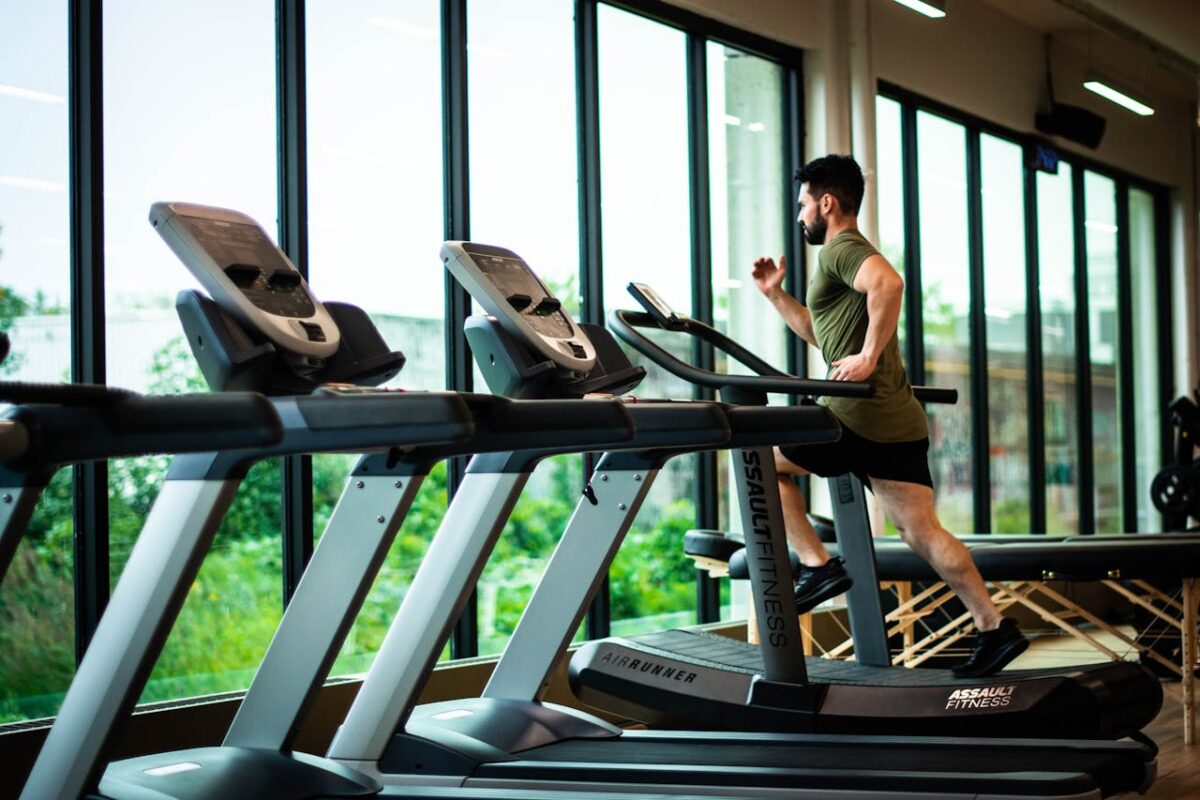After a grueling workout, your muscles need some downtime to recover. Recovery is, after all, just as important as the workout itself. Without a proper post-exercise recovery routine, you become more likely to risk injury, prolong soreness, and, as a natural progression, see diminished progress. Having a well-structured recovery plan, on the other hand, prevents injuries, improves performance, and gets you back into the gym sooner. But, what does an effective recovery routine look like? Let’s find out in this blog post so you can create your own recovery routine aligning with your fitness goals and body.
Hydration and Nutrition: The Foundation of Recovery
Let’s start with the basics and work our way to the top. After an intense workout session, your body loses fluids and electrolytes via sweating. We know to rehydrate ourselves with water and drinks with electrolytes. However, most individuals stop right there. Nutrition plays a key role here. It is important to consume a mix of protein and carbohydrates within 30-60 minutes post-exercise to help repair muscles and restore glycogen levels. For those looking for an extra edge, NAD infusion has gained popularity for its potential to enhance cellular repair and energy production. NAD (nicotinamide adenine dinucleotide) is a coenzyme that supports mitochondrial function, which may speed up recovery and reduce fatigue.
Infrared Sauna
Alongside NAD, infrared sauna therapy should also be incorporated as a part of your recovery plan. Athletes and enthusiasts who tried the infrared sauna reported that their recovery process was sped up. If we look at the sense behind it, it is already well-established that saunas have long been used for recovery. Infrared saunas just make it more focused. Instead of heating up the area around you, infrared saunas use heat to penetrate deep into your tissues and muscles, which promotes not just blood circulation and elimination of toxins but also eases muscle tension and reduces inflammation. In a nutshell, it accelerates the healing process. Also, remember to only take infrared sauna therapy from a reputable source such as Fresh Treatments.
Stretching and Mobility Work
One of the biggest mistakes that the majority of athletes and fitness enthusiasts are guilty of is not stretching or doing any sort of mobility training before or after a workout. Despite the benefits of it, stretching post-workout simply does not get the love it deserves. Stretching should be a part of your pre-and-post workout routine to improve flexibility and minimize muscle stiffness as much as possible. For ideas, try using dynamic stretches before working out and performing yoga or using a foam roller afterward to release the tension.
Sleep: The Ultimate Recovery Tool
Research has shown numerous times that there are a total of 0 people who can realistically perform well in any sort of activity, except being sleepy, when they are sleep-deprived. No recovery routine is complete without quality, 7-9 hours of sleep. For muscle recovery, this is all the more important. It is during sleep that the body releases growth hormones responsible for muscle repair and recovery. Also, remember that the results are cumulative. Simply sleeping one day on time and for enough time will, obviously, not fetch the desired results. It is a lifestyle change, not a miracle activity.
Active Recovery: Low-Impact Activities to Promote Blood Flow
Sometimes, the best form of rest is no rest at all. Let us explain. In order to recover, you do not necessarily have to be completely at a standstill. You can keep moving, at a much lower intensity, and still recover. These low-intensity activities include walking, starting a vegetable garden, swimming, cycling at a slow pace, etc. All of them promote blood circulation and oxygen delivery to the muscles. These activities encourage the body to remove metabolic waste products, such as lactic acid, that build up during workouts. This also helps deal with muscle stiffness, making it easier for the future version of yourself during the next training session.
Conclusion
These post- and pre-workout recovery routines aren’t merely something you should do on occasion but something that ought to be hardwired into your regular fitness schedule. If we may summarize, incorporate techniques such as infrared sauna, proper hydration and nutrition, rest along with mobility exercises to see a massive impact upon your performance and progress over time. The more consistent you are with these, the better the results in the long run. However, remember that it’s about finding the right balance of rest and activity that works for your body, helping you recover quicker and train harder.

